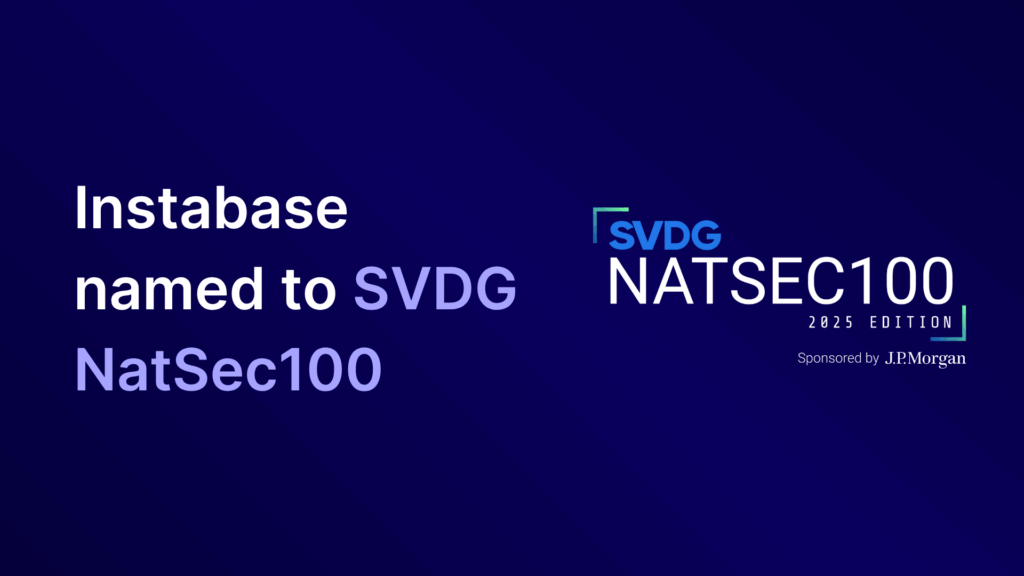Anyone who keeps a finger on the pulse of technology news has heard the term “unstructured data.” But what is it, and how does it affect your business?
Unstructured Data: A Simple Definition
Simply defined, unstructured data is data that is not arranged according to a preset schema or format. Some examples of unstructured data types are images, video, audio, text messages, and social media posts. For the purpose of comparison, examples of structured data types are US passports, tax forms, ADP paystubs, and other highly organized information groupings.
Approximately 80 – 90% of the data gathered and used by organizations is of the unstructured variety, meaning that no matter how daunting it may be, being able to understand and extract pertinent information from unstructured data is a must for businesses.
Why Legacy Document Understanding Solutions Fall Short
Many of the existing document understanding solutions fall short of achieving accuracy in understanding unstructured data. Why? The simple answer is that traditional solutions that use rules-based models and machine learning lack the capability to “think” well enough to extrapolate meaning from unstructured data.
Rules-based systems work well for structured data types because structure enables the if/then logic on which rules-based systems are built. Classical machine learning, one of the mainstays of document understanding, has its uses, but extracting value from unstructured data isn’t one of them.
To truly get the most out of the vast majority of the data they hold, then, organizations must turn instead to a platform that uses deep learning models, which are based on neural networks that recognize underlying relationships in a set of data through a process that mimics the way the human brain operates.
How Deep Learning Solves the Unstructured Data Dilemma
As an advanced subset of machine learning, deep learning solves several of the issues unstructured data presents. Here’s how.
Human Results Without the Humans
One of the primary goals for businesses looking to digitize their processes is to relieve human workers from the repetitive, low-skill, manual functions that eat up time, energy, and capital resources. Traditional rules-based document understanding software tries to do that, but, in real-world use, the software may simply flag unstructured documents as items that need to be manually reviewed. That negates the benefits of such systems and pulls humans back into the process.
The Instabase Automation Platform for Unstructured Data uses deep learning models to overcome this obstacle. Deep learning models can accept raw-data inputs and then determine and fine-tune the desired model parameters without human intervention. This trained model then provides businesses with an automated capability for understanding unstructured data. So the business that leverages deep learning gets human-like logic and ad-hoc adjustment without requiring hours of manual review by employees.
Greater Accuracy
Another benefit of deep learning in automation is the significant gain in accuracy over classical machine-learning solutions). Because deep learning models are trained with massive data sets, they can analyze data the way a person would and learn and improve over time. A document understanding solution that utilizes deep learning gets better at predicting and analyzing the data fed into it, giving it superior accuracy.
For example, Instabase can ‘learn’ from and act on information that is not generally captured in rules. This information can include semantics, font size, font weight, letter position, relative structure, and more.
Increased Speed to Value
The business landscape changes rapidly, and time to value is a key differentiator for many companies. Recognizing the need for speed, Instabase is able to publish new models on-demand on its Model Catalog, a service for searching for and gaining instant access to the most up-to-the-minute innovations, with no reengineering required.
Instabase uses transfer learning to make use of models that have been trained on millions of documents before being fine-tuned for the customer’s data, so the platform is already intelligent and analytical. Our clients are able to easily annotate documents within the platform to develop their own intellectual property. The end result is much more effective solutions in far less time.
Leverage the Benefits of Deep Learning with Instabase
Don’t let unstructured data slow down your processes. Leverage market-leading deep learning models and the Instabase Automation Platform to finally transform and free your employees from the tedium of manual review. Partner with Instabase for workflows without the wait.



